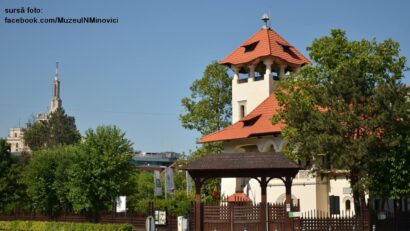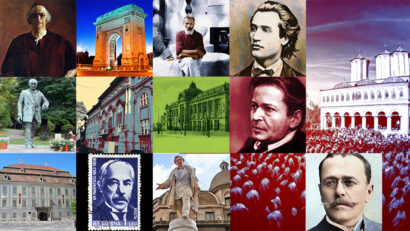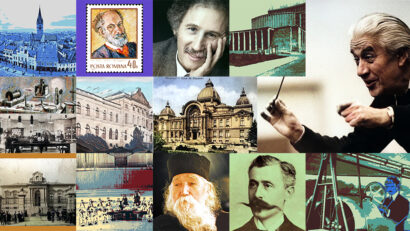The first maps of Bucharest
Polish-American scientist and philosopher Alfren Korzybski noticed that the map is not the territory .

Steliu Lambru, 21.12.2019, 14:02
Polish-American scientist and philosopher Alfren Korzybski noticed that “the map is not the territory” and that “the word is not the thing.” Korzybski said that many people confuse maps with territories, that is, confuse models of reality with reality itself. The earliest known world maps date back to classical antiquity to the 6th to 5th centuries BC and were still based on the flat Earth paradigm. It was in the Hellenistic period that world maps assuming a sperichal Earth first appeared. The developments of Greek geography during this time, culminated in the Roman era with Ptolemys map.
Since Ptolemy, knowledge of the approximate size of the globe allowed cartographers to estimate the extent of their geographical knowledge, and to indicate parts of the globe known to exist but not yet explored as terra incognita. With the Age of Discovery during the 15th to 18th centuries, world maps became increasingly accurate; exploration of Antarctica, Australia and the interior of Africa by western mapmakers was left to the 19th and early 20th century. Maps are highly diverse today, being part of every field of scientific research and also of the visual arts field. Romania’s capital Bucharest was first mentioned on maps at the end of the 18th century, following the Russian-Austrian-Turkish wars. The Romanian principalities Moldavia and Wallachia faced, in the 18th century, the three empires, following which they were occupied in 1739, 1768 and 1792. Thus, the first maps of Bucharest were military ones, drawn up by the Russian and Austrian occupation armies.
Architect Toader Popescu is a professor with Ion Mincu University of Architecture and Urbanism in Bucharest and an expert in map history. He told us more about the first maps of Bucharest:
“A plan from 1770, a Russian military plan, presents a Bucharest that is quite far from reality in terms of content. It is a plan which, being drawn up for military purposes, presents the city from this particular perspective. What we see around it are elements of military importance. The military topography is also represented, and Bucharest is presented as a compact place, which we know it definitely wasn’t at that time. The authors of the map were not interested in how Bucharest was built, as buildings are presented as having similar dimensions, which, again, is far from the reality of that time. Also there is not difference between the way the south and north of Bucharest is presented.”
The map of the city did not provide a hierarchy of the streets, and no hints about which of these streets are more important than others. The second map of the city, as Toader Popescu explains, also had military purposes but included an additional element: “The second map, which dates back to the Russian military occupation of Bucharest, is one less focused on the surrounding territory and more on the city itself. It is also clearly marked. There is a green belt marked around the city.”
The third cartographic representation of Bucharest is the one made by the Austrian army. It is the most detailed presentation of Bucharest and it will remain so until the firt Russian map in 1846. Toader Popescu: “With the Austrian occupation of Bucharest, at the end of the 18th century, we have two important maps made at a short interval one from the other, of 1 or 2 years, drawn up by Austrian cartographers. They were named after their authors, the Purtel plan from 1789 and the Ernst plan from 1791. The first one is a little bit better than the other and there is no difference between the more and less important buildings, as it was the case in the previous Russian plan. Houses, churches and palaces are drawn with the same color. It is the first plan that describes the civil aspect of the city, the relation between housing and the use of land. This is also the first plan that takes into consideration the street network.”
In the early 19th century Bucharest became a European cartographic landmark.






























